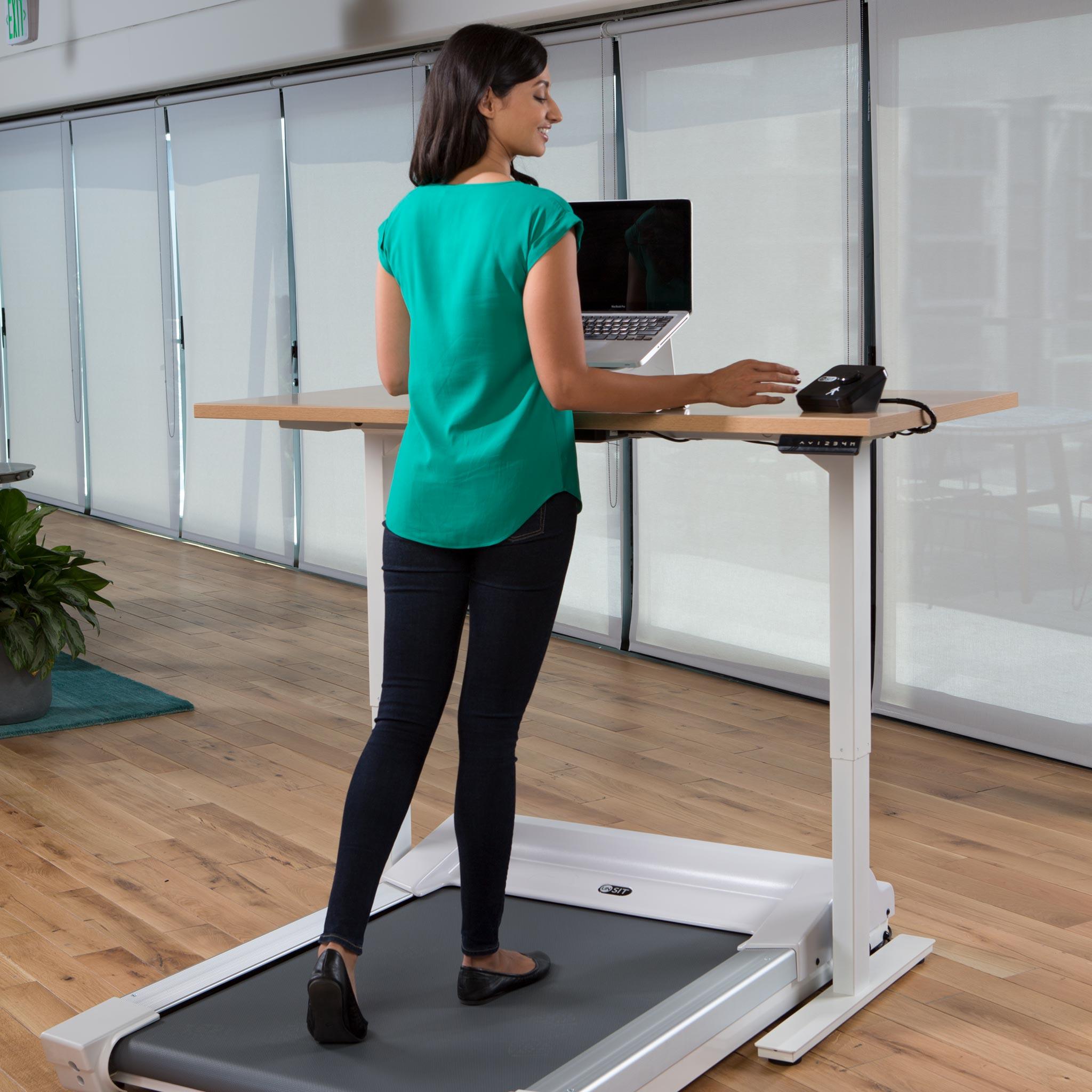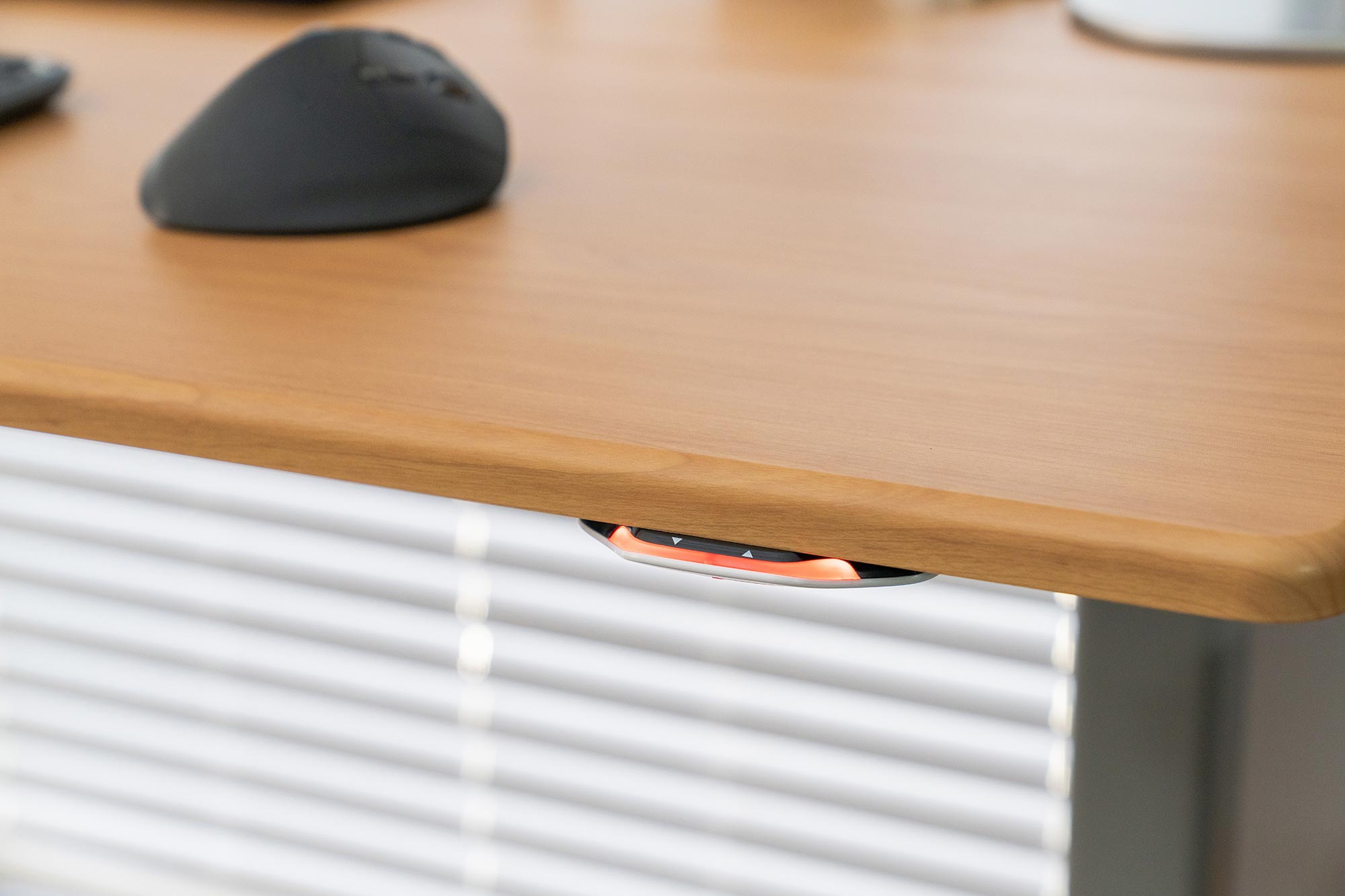In a very well researched and insightful article published in the New York Times last month, reporter Emma Goldberg posed this very question. Not to bury the headline too deeply, the subheading on her article read "More and more companies are saying: We’ll get back to you."
As a manufacturer of standing desks, the employers' quotes in the article and the conclusions of the author resonated authentically with what we’ve been hearing from our own customers over the past several months, and especially since the advent of the Omicron variant.
Google, Meta, Apple, Uber, Lyft, Ford, DoorDash, DocuSign and Fidelity are among the companies that have delayed returns to the office since the rise of Omicron. They’ve conceded that even the smartest people in the world can’t reliably predict when it will be safe to bring the bulk of their workers back to the campus office again, so they’ve decided to end the practice of "repeatedly lying to our employees when we don’t really know how it’s going to turn out."
Acknowledging that a new variant has once again thrown a monkey wrench into their best laid plans, they are instead augmenting stipends for employees to apply towards upgrading their home office setups (e.g. to get themselves a good standing desk, chair and/or other ergonomic and computer accessories).
Some of the messaging we've seen from employers has explicitly noted that even once things do return to some semblance of normalcy in terms of on-campus work, employees should expect to continue to work from home some portion of the time, perhaps forevermore.
After two years of pandemic life some new "hybrid" work habits have surely become indelible. As a society we have figured out that giving employees more flexibility over their time, to reduce commute burdens, more easily manage their child care and transportation, and so forth, has been shown to lead to higher job satisfaction, productivity and retention of these valuable team members. Whereas before the pandemic many managers feared that employee productivity would plummet working from home, every virtually study since has shown the exact opposite.
The Subtle Connection Between Building Lease Terms and Company Attitudes About Remote Work
Another pattern that began to appear when speaking with our customers over the course of the pandemic is that the closer their business was to the end of the lease term on a building, the more likely they were to want to find ways to make the people who used to work at that facility more productive at home.
With the average commercial lease running a ten-year term, if a building's occupancy is still relatively fresh the employer is far more likely to be anxious to get workers back in. After all, they're on the hook for the lease payments and have already sunk a great deal of money in TI (tenant improvements), it's shameful to heat and light the building for only a handful of workers on each floor. And there’s all that loss of collaboration, esprit de corps, and so on.
On the other hand, if they only have a year or two to go on a commercial lease the same employer may think very differently about the workers in that building, perhaps being more open to the idea of turning most of them into remote or hybrid workers. This may be combined with leasing a smaller space—mostly for conference rooms and hot desking spaces—and pocketing the savings.
Pushing Forward or Reversing Out?
Right before Omicron hit there was a key indicator we were tracking, showing that the percentage of office workers who had returned to full-time office campus occupation had already edged up from 30% to 40%.
At the time of this writing, there has not yet been enough time to survey employers to see if the advent of Omicron slowed this trend down or perhaps even reversed it. The problem with many of the surveys and projections that predated the advent of Omicron is that they were made using an assumption that Delta was going to be the final wave of the pandemic. Most business leaders now comprehend that it is rather unlikely that even Omicron will be the last. So what’s company leadership to do?
The upshot of Goldberg's article is that it’s better to be honest with employees and admit that the situation will remain fluid—until it no longer is—than to continue to guess at the end date. And until that end date arrives, keep supporting your employees' productivity and ergonomic accommodations with the assumption that even if they come back to the office someday it will likely be for less than their entire workweek, so go ahead and invest a little in making their home office as healthy and productive as possible.









